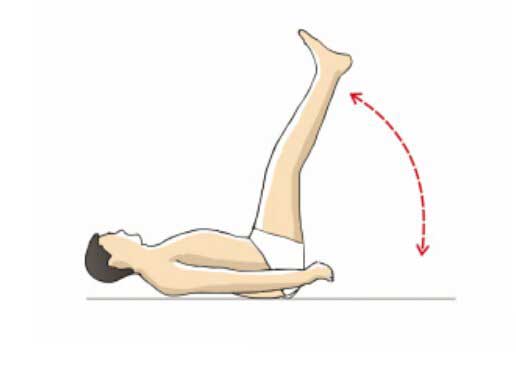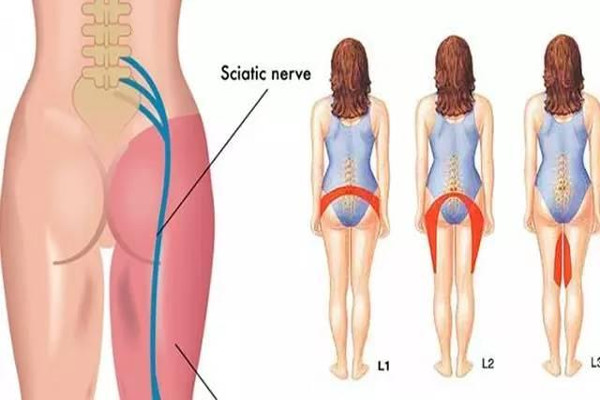Sciatica is a term that refers to pain, tingling or numbness that goes down a person’s back, hip or entire leg. It is the irritation of the sciatic nerve, the largest nerve in the human body, and runs through the buttock area and down the back of the thigh. The roots of this nerve are at the lower levels of the lumbar spine and once it reaches knee level, the sciatic nerve splits up into smaller nerves that run down and supply muscles to the lower leg, ankle and foot.
Symptoms include pain, numbness and weakness in the leg and can reach all the way down to the toes. Both younger and older adults can experience sciatica, which can develop out of nowhere for some people. Others may experience it after a traumatic event like a car accident but in most cases, the condition will start gradually in the lower back and the pain will increase in terms of severity as time goes on.
How Physiotherapy could help sciatica?
Physiotherapy can help people recover quickly and is an effective treatment option for those who suffer from sciatica. A physiotherapist will determine the correct source of the pain and address those specific areas. In most cases, the pain comes from pressure on one or more of the roots of the sciatic nerve and once the physiotherapist establishes the cause, they will then provide you with the most appropriate treatment that will eliminate the pressure you are feeling on the nerve. They will also recommend specific movements and exercises to help shut off your pain and these movements are generally the most effective way of treating sciatica pain. Many people turn to passive treatments like heat and ice pads, for example, although these provide temporary relief at best. Physiotherapy, on the other hand, helps patients with long term relief and will provide permanent results so that patients can be pain free in the long run.

Experienced physiotherapists will conduct a thorough assessment to determine the cause of your sciatica and will proceed from there. Their knowledge will allow them to recommend the right positions and movements to help with each individual patient and their evaluation will help them determine which movements are producing pain and which ones help relieve it. The results of their assessment will also allow them to prescribe the appropriate exercises that will help take the pressure off the nerve roots. The treatment plan will only be successful if you complete these exercises, so it’s very important that you do exactly as the physiotherapist says so that you see results.
The experts at Pro Fusion Rehab can help treat sciatica as well as a number of other conditions. If you are in the city of Pickering or Milton, Ontario, contact us today to see how physiotherapy can help and we will gladly schedule an appointment!
